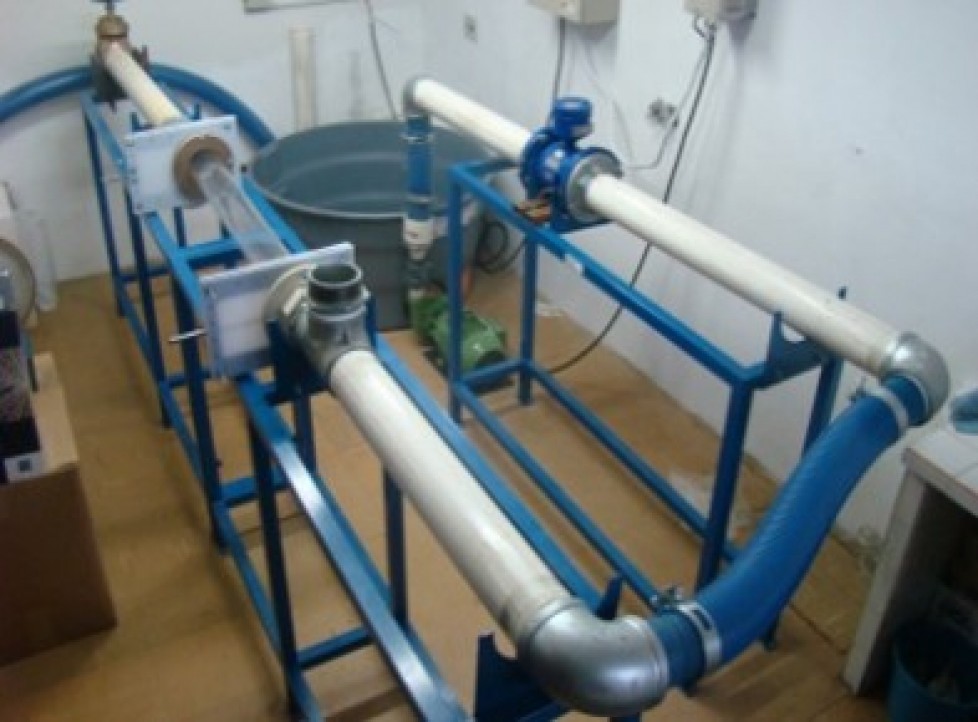Finished Projects

Swimming capacity of hipogeos and epigean fish: ecological and evolutionary aspects
This study tested and compared the swimming abilities of eight species of fish of the characin group (minnows) and siluriformes (catfish), from environments with different hydraulic characteristics such as epigean and subterranean rivers (lotic), ponds (lentic) and groundwater environment (lentic). Five species of Characidae were analyzed Stygichthys typhlops (from ground water and troglobite), Piabina argentea and Bryconamericus stramineus (river), Hemigrammus marginatus (river / pond) and Pselogrammus kennedyi (pond). Among the Siluriformes tested: Trichomycterus itacarambiensis (subterranean river and troglobite), Trichomycterus brasiliensis (river) and Ituglanis sp (subterranean river). The velocity tests were performed using the methodology proposed by Santos (2007) in a hydraulic apparatus similar to that designed by Brett (1964). The type of velocity used in the tests was the critical (maximum velocity which the fish could maintain in a given time), and for comparative purposes, this was supplied in lengths per seconds. In this apparatus, the fish were forced to swim against a stream with progressive increments of predetermined velocitys and times. The total body length variable (TL) was the major explanatory factor for velocity for all minnows species analyzed, and for the catfish, this was only related to T. itacarambiensis. The critical velocities obtained by the minnow species in lengths per seconds, were significantly different from each other, and between P. kennedyi and S. typhlops. For the catfish, the velocities were significantly different between T. brasiliensis and Ituglanis sp. It was found that both troglobitic species showed a reduction in the variation of velocitys, as compared to other epigean species. This trend, where velocities were concentrated around the average value suggests that stabilizing selection is acting on each population, reducing the extremes of the velocity values, although this aspect had not been tested in this work.


